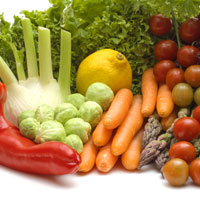Works Cited
"The American Journal of Clinical Nutrition." The Nutrition Transition in South Korea. N.p., n.d. Web. 24 Sept. 2012. <http://ajcn.nutrition.org/content/71/1/44.long>.
"Balancing Energy In and Out." Welcome to Nutrition Australia. N.p., n.d. Web. 25 Sept. 2012. <http://www.nutritionaustralia.org/national/resource/balancing-energy-and-out>.
"Carbohydrates vs Fats." Carbohydrates vs Fats. N.p., n.d. Web. 24 Sept. 2012. <http://dl.clackamas.cc.or.us/ch106-07/carbohyd1.htm>.
"Food Consumption Trends and Nutrition Transition in Korea." Http://myais.fsktm.um.edu.my/2710/. N.p., n.d. Web. 24 Sept. 2012. <http://myais.fsktm.um.edu.my/2710/>.
"How the Body Uses Carbohydrates, Proteins, and Fats | Diabetes Forecast Magazine." How the Body Uses Carbohydrates, Proteins, and Fats | Diabetes Forecast Magazine. N.p., n.d. Web. 25 Sept. 2012. <http://forecast.diabetes.org/magazine/features/how-body-uses-carbohydrates-proteins-and-fats>.
"Information on Nutrition Problems in Public Health." LIVESTRONG.COM. N.p., n.d. Web. 26 Sept. 2012. <http://www.livestrong.com/article/297094-information-on-nutrition-problems-in-public-health/>.
"Result Filters." National Center for Biotechnology Information. U.S. National Library of Medicine, n.d. Web. 26 Sept. 2012. <http://www.ncbi.nlm.nih.gov/pubmed/825171>.











